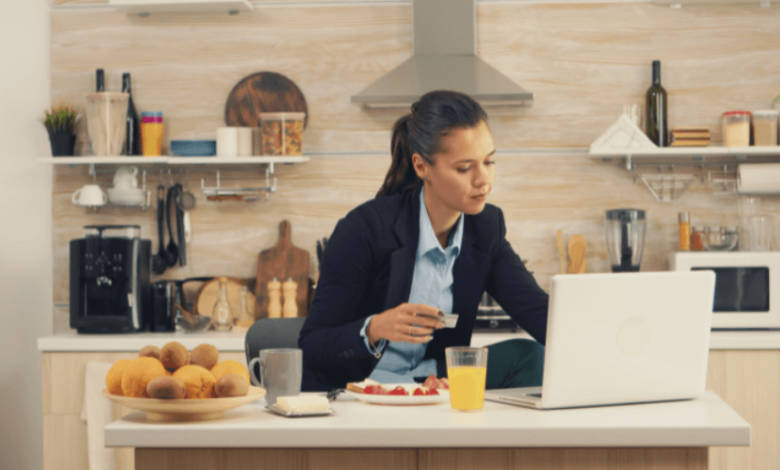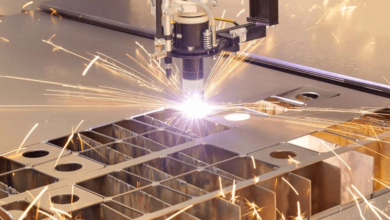Cloud Kitchens: A New Era for Food Entrepreneurs in the Digital Age

In recent years, the cloud kitchen model has emerged as a game-changer for food businesses across the globe. It offers an affordable, scalable, and tech-savvy way to launch food brands without the high overhead of a traditional restaurant. In the fast-paced, delivery-driven world of today’s food & beverage industry, cloud kitchens are no longer just an alternative—they are the future.
What Makes Cloud Kitchens Different?
Unlike brick-and-mortar restaurants, cloud kitchens operate behind the scenes. They are commercial cooking spaces built to fulfill food orders exclusively for delivery. There’s no dine-in option, no walk-in customers—just chefs, ingredients, and technology working together to serve digital orders.
These kitchens typically partner with delivery platforms like Deliveroo, Uber Eats, and local aggregators. Some brands also operate through their own apps or websites, giving them more control over customer data and brand identity.
The absence of front-of-house operations means lower setup costs, fewer staff requirements, and faster time-to-market for new food ventures.
See also: How AI Video Generator Technology Works Behind the Scenes
Who Can Benefit from the Cloud Kitchen Model?
One of the greatest advantages of the cloud kitchen concept is its accessibility. It opens doors for a wide range of food entrepreneurs, including:
- First-time business owners – Startups can enter the food scene without needing a large budget.
- Existing restaurants – Traditional eateries can expand delivery services under new brand names.
- Chefs and culinary creators – Passionate cooks can launch virtual restaurants without the burden of managing a dining space.
- Franchise operators – One facility can host multiple food brands, allowing operators to manage several menus from one kitchen.
Even larger hospitality groups are investing in cloud kitchen facilities to test new ideas or reach untapped markets.
How Technology Drives Cloud Kitchens
The success of a cloud kitchen heavily depends on tech. From digital ordering systems to automated inventory tracking, cloud kitchens rely on data to operate efficiently.
AI-powered kitchen software can help optimize cooking times, track ingredient usage, and predict customer demand. Cloud-based dashboards allow owners to monitor operations remotely, adjusting menus or prices in real time based on sales performance.
Many cloud kitchens also integrate with food delivery platforms to streamline order processing and reduce delays—leading to a better experience for customers.
The Marketing Challenge in a Digital-Only World
Running a cloud kitchen means competing in a crowded digital marketplace. Without a storefront or signage, visibility relies on smart branding and strategic online marketing.
Operators must invest in high-quality food photography, catchy brand names, and appealing menu descriptions to attract attention on delivery apps. Customer reviews and ratings are also crucial, as they directly impact visibility on third-party platforms.
Social media marketing plays a huge role too. Many successful cloud kitchen brands build loyal followings through Instagram, TikTok, and YouTube—often by showcasing behind-the-scenes content or launching viral menu items.
Cost Savings and Scalability
One of the most attractive features of a cloud kitchen is its potential for cost savings. Businesses avoid expenses related to rent in high-footfall locations, dining area decor, and serving staff. This makes the model far more scalable than traditional restaurants.
Successful kitchens can easily open additional locations to expand delivery coverage. The plug-and-play nature of cloud kitchens allows food entrepreneurs to replicate their model across cities or even countries with minimal disruption.
Sustainability and the Cloud Kitchen Model
Sustainability is becoming a top concern in the food and beverage space. Cloud kitchens can support eco-friendly practices by minimizing food waste through data-driven inventory tracking and using recyclable or biodegradable packaging. Centralized production also helps reduce energy consumption compared to multiple dine-in restaurants.
As consumer awareness grows, integrating green practices into cloud kitchen operations will become essential for long-term success.
Final Thoughts
The cloud kitchen model represents a new frontier in the food and beverage industry—where creativity, technology, and convenience intersect. For aspiring restaurateurs, chefs, and food brands, it offers a unique opportunity to build a business that is agile, profitable, and future-ready.
Whether you’re looking to test a bold new cuisine or expand your existing brand to new neighborhoods, cloud kitchens offer a smarter, leaner way to succeed in the fast-evolving food delivery market.




